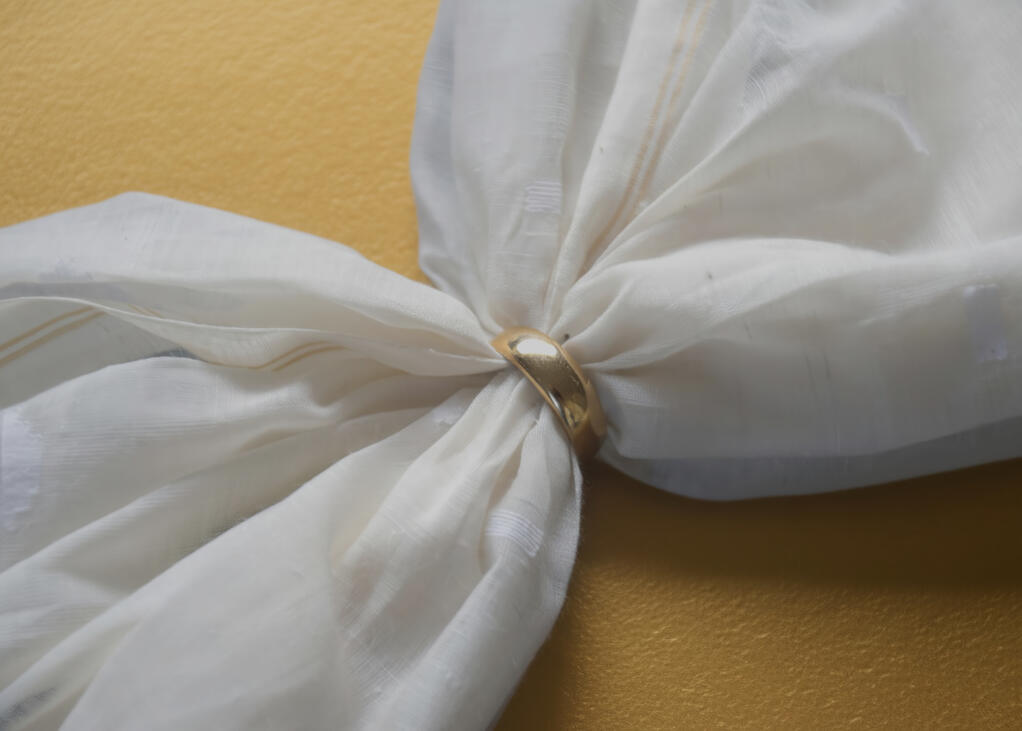Fatima Farzana

Canvas to Couture
Art-born silhouettes in heritage textiles
Designed for presence, movement, and quiet power
Art-born silhouettes in heritage textiles
Designed for presence, movement,
and quiet power
Collection Gallery
An evolving gallery of studio works presented for their
form, fabrics, and hand-painted details
An evolving gallery of studio works presented for their form, fabrics, and hand-painted details
Where Heritage Meets Modern Grace
Fatima Farzana brings a fine-art eye to fashion, shaping dresses that feel effortless and quietly bold. Rooted in her South Asian heritage and refined by two decades in America, her work began with her own wedding gown and grew into a mission: sharing her art and the elegance of Bangladesh’s rare textiles with a global audience.
Heritage Fabrics
Reviving hand-woven Muslin fabric and celebrating Rajshahi silks for their airy drape and natural sheen
Artistry
by Hand
Many pieces feature hand-painted fabric artwork and carefully chosen accessories to complete the look
Modern Femininity
Clean silhouettes, sculptural curves, and movement-ready cuts designed to flatter without excess
Muslin Fabric (mus-lin)
Woven Air
Once the world's most prized fabric, now lost to time
A legendary cotton once prized from Mughal courts to European salons, famed for its feather-light transparency and unmatched thread count. Fatima reimagines this heritage cloth in modern forms layered, pleated, and draped to move like air.

Rajshahi Silk (raj-shah-hee)
Liquid Light
Experience vibrant colors unlike any other
Renowned for their luminous sheen and supple hand, these silks from Rajshahi bring elegance to sculptural jackets, flowing gowns, and tailored separates. Fatima uses them to highlight fluid structure


Gentle Visionary in Fashion
Fatima Farzana, an acclaimed artist renowned for her captivating paintings and sculptures, steps into the world of fashion with a gentle yet determined spirit. From her earliest days, Fatima found solace and inspiration in the creative process, weaving dreams into every stroke of her brush and every twist of her needle.Fashion, for Fatima, is a delicate dance of self-expression, a canvas where she can infuse her unique vision with grace and elegance. Fatima says, Fashion is a statement, it tells you, who you are!Having honed her skills through years of designing her own dresses, as well as those of her friends and sisters, Fatima's journey began with the creation of her own wedding dress, a masterpiece of elegance and individuality. Now, as she steps into the spotlight for her first major public exhibition, her designs promise to captivate and inspire.
Rooted in the warmth and cultural richness of her South Asian heritage, Fatima's designs embrace tradition with a gentle touch, weaving together elements of eastern mystique and western refinement. As she unveils her creations to the world for the first time, she brings with her the wisdom and experience of a lifetime spent exploring the intersections of art and beauty.Soft-spoken yet undeniably powerful, Fatima Farzana's designs embody the essence of feminine strength and grace, inviting all who encounter them to embrace the beauty within themselves. As her garments grace the runway, they serve as a reminder that true elegance lies not in the extravagance of adornment, but in the quiet confidence of self-expression.
© Fatima Farzana LLC. All artwork and designs are original and protected.





